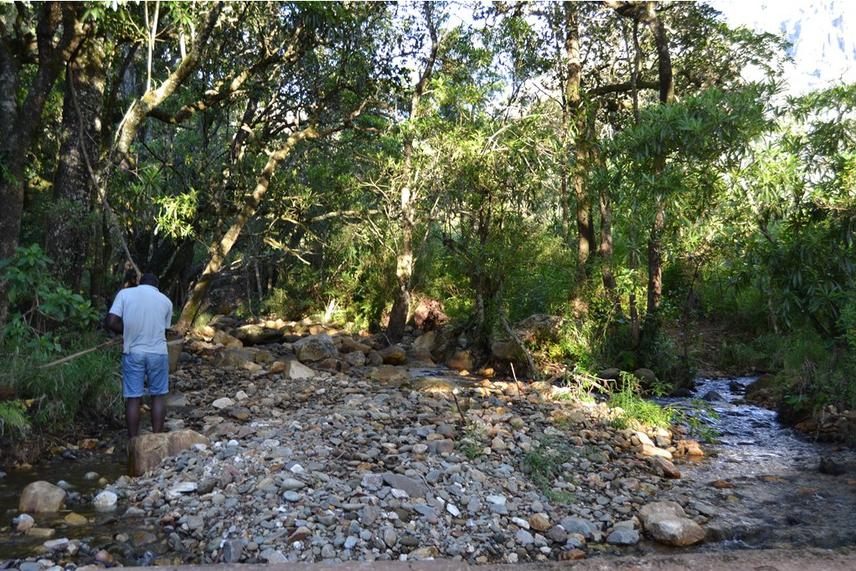Tatenda Dalu
Other projects
22 Feb 2017
Potamonautids Conservation: Impacts, Opportunities and Challenges Related to Community Sustainable Livelihoods
To determine current distribution of potamonautes mutareensis sp. Nov. And other freshwater crabs and investigate the potential threats. To instigate conservation efforts through awareness creation and solicit community involvement.

Impact of gold panning on aquatic ecosystem habitats along Bindu River, Chimanimani.
Freshwater crabs are neglected in the world’s inland aquatic ecosystems and despite their wide distribution in tropical and warm temperate zones of the world. Freshwater crabs are among the largest detritivores found in the freshwater ecosystems of tropical regions and they play a central role in ecological processes (dobson 2004). These large and conspicuous crustaceans are present in almost all freshwater habitats, from mountain streams to large lowland rivers and small water bodies (cumberlidge 2011). In the southern African region twenty-one species of crabs are known and there is every prospect that the species-count will increase as taxonomic discrimination improves and exploration continues. Potamonautes belongs to the potamonautidae family that is endemic to the afro-tropical region with representatives in continental Africa and Madagascar (cumberlidge et al. 2007). The eastern highlands is a hub of endemism in Zimbabwe, with large numbers of endemic plant and animal species. This fact has not spared the area from the on-going biodiversity loss. The recently discovered crab species does not come as a surprise since there are no known distribution and population trends and long-term monitoring of freshwater crabs in Zimbabwe therefore we are unclear of their conservation status.
This project aims to provide comprehensive baseline information on the distribution and population trends of p. Mutareensis and other freshwater crabs in the eastern highlands (Zimbabwe) since no long-term monitoring programmes exist for these species. We aim to gather information on habitat preferences for the different freshwater species and also assess possible interactions among species if any exist. All the above information will provide foundations for us to be able to identify the potential impacts the crab species could be facing hence will lead to better formulation and implementation of conservation strategies for these species. Further, we aim to provide research recommendation strategies that will enable the development of long lasting conservation action plans.